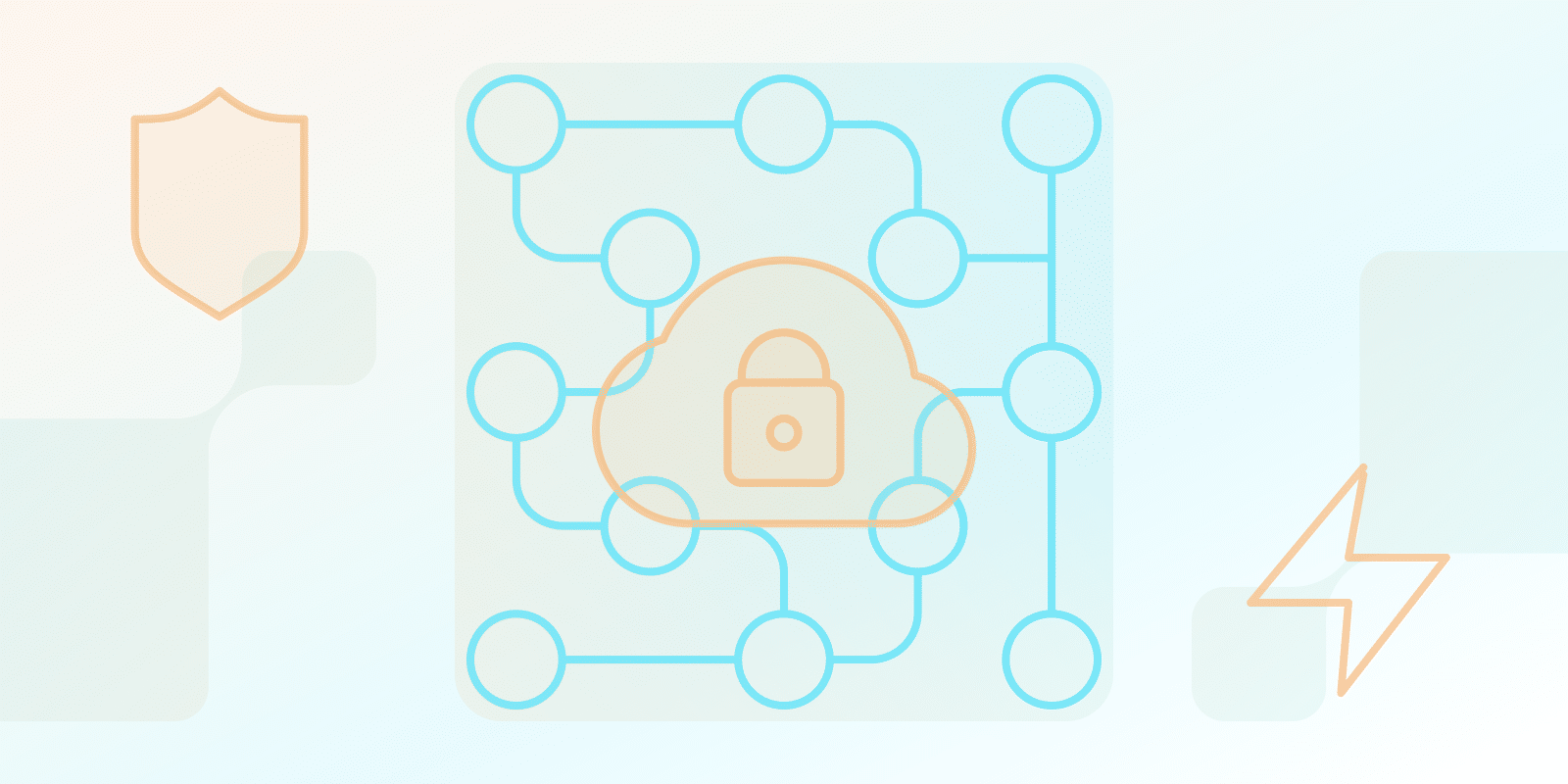Cloud Security
What is Cloud Security?

What is Cloud Security?
Cloud security is a set of technologies designed to protect data, apps, and cloud computing infrastructure. Policies and controls also form a part of cloud security.
You need cloud security to stop unauthorized access and data breaches from leaking sensitive information. Preventing potential business disruptions and safeguarding trust are critical aspects of security.
What is the Shared Responsibility Model in Cloud Security, and How Does it Apply to SaaS?
The shared responsibility determines that cloud service providers (CSPs) and customers are responsible for security. CSPs look after the security “of” the cloud (e.g., underlying infrastructure, physical data centers, networking, and software/hardware).
Customers, meanwhile, are responsible for the security “in” their SaaS cloud. Responsibilities include:
- Data: Customers control who has access to applications, how apps/data are used, and where these are stored.
- Access Controls: Manage permissions, user accounts, and authentication methods to limit access to only authorized individuals.
What are the Two Primary Areas of Security Concern for Organizations Using SaaS?
The main areas to consider when using SaaS are:
- Data Breaches: Protect yourself against financial/reputational damage by addressing data loss, sensitive information exposure, and unauthorized access early.
- Configuration management is important to ensure security controls and settings are properly configured, thus reducing vulnerabilities and potential attacks.
Who Owns the Data in SaaS Applications, and How Can Organizations Maintain Control over Their Data in SaaS Environments?
Customers own stored data in SaaS apps, and organizations should do the following to maintain control:
- Understand the SaaS Provider’s Data Handling Practices: Look at your provider’s terms of service and data processing agreements. Learn about how they protect, store, and handle data.
- Implement Strong Access Controls: Multi-factor authentication (MFA), access review audits, and role-based access controls (RBAC) are essential.
- Data Encryption: Encrypt data in transit and rest. Doing so should stop unauthorized access.
- Data Back-ups: Perform independent SaaS data backups so that information is recoverable if something goes wrong.
How to Secure Cloud SaaS?
Use these practices for SaaS cloud security:
- Strong Passwords/MFA: Use strong passwords (and make employees regularly change these). Use MFA, such as two-factor authentication, for an additional layer.
- Regular Updates & Patches: Keep SaaS up-to-date and download security patches as soon as possible.
- Employee Education: Train employees so they know about cloud security practices. They should understand how to set strong passwords, handle data safely, and identify phishing emails.
- Regular Audits & Assessments: Perform audits to find and address possible risks; vulnerability assessments are also essential in this regard.
- Incident Response Plan: Know what you’ll do to take action quickly if something goes wrong.
| Security Practice | Key Actions | Primary Benefits |
|---|---|---|
| Authentication & Access Control | ||
| Strong Passwords/MFA | Use complex passwords, mandatory password changes, implement multi-factor authentication | Prevents unauthorized access, adds multiple verification layers |
| System Maintenance | ||
| Regular Updates & Patches | Keep SaaS platforms updated, download security patches promptly | Addresses known vulnerabilities, protects against emerging threats |
| Human Factors | ||
| Employee Education | Train staff on security practices, password management, data handling, phishing detection | Reduces human error, creates security-aware organizational culture |
| Continuous Monitoring | ||
| Regular Audits & Assessments | Conduct vulnerability assessments, perform security audits | Identifies potential risks, ensures ongoing security compliance |
| Incident Response Plan | Develop clear protocols for handling potential security breaches | Enables rapid, coordinated response to security incidents |
Conclusion
Cloud security is vital in modern computing; you and your cloud provider have individual responsibilities. Understanding what you’re responsible for (e.g. data protection) is critical to maximize security. You should also stay informed on emerging threats, perform regular audits, and educate your employees.